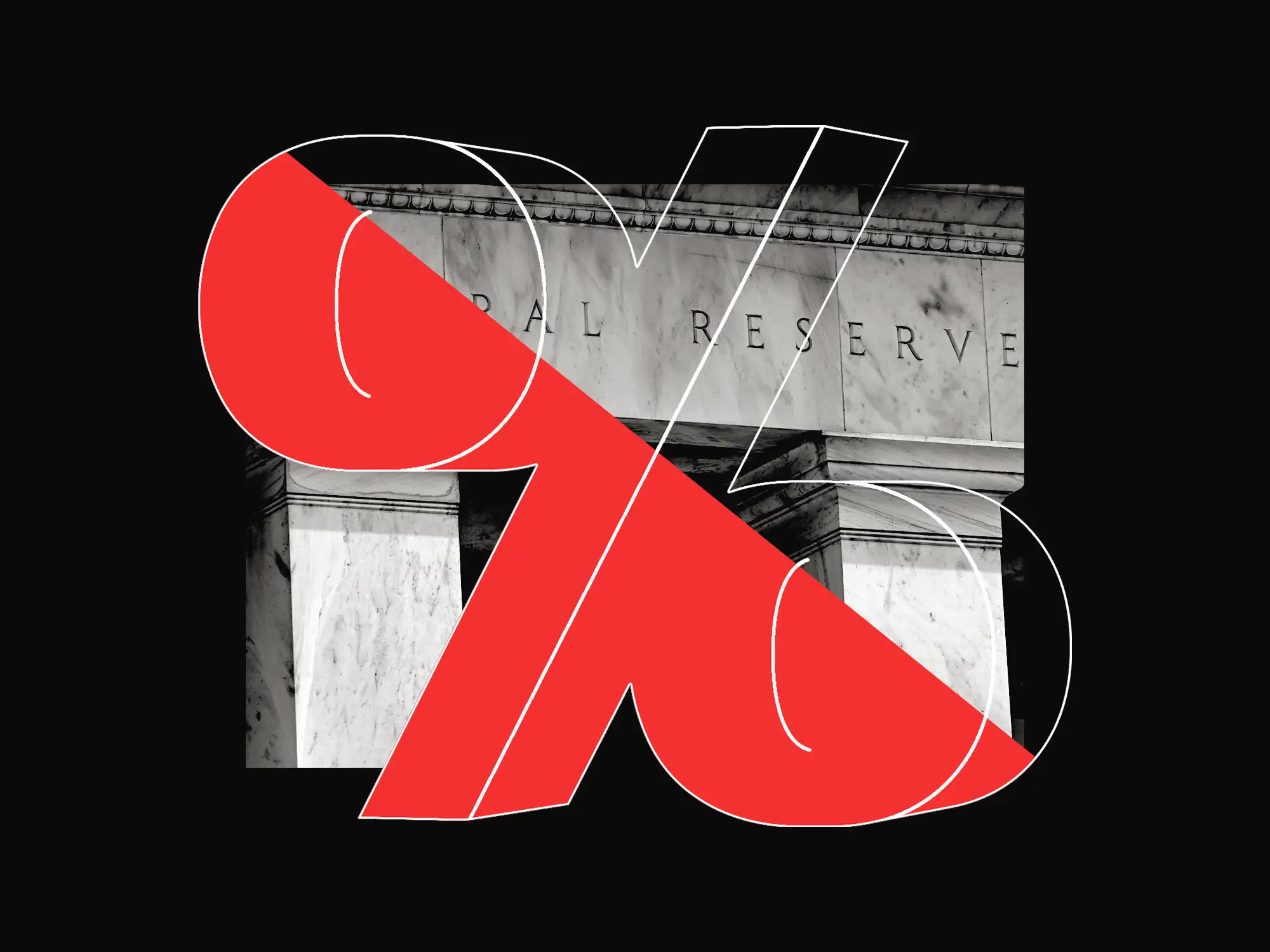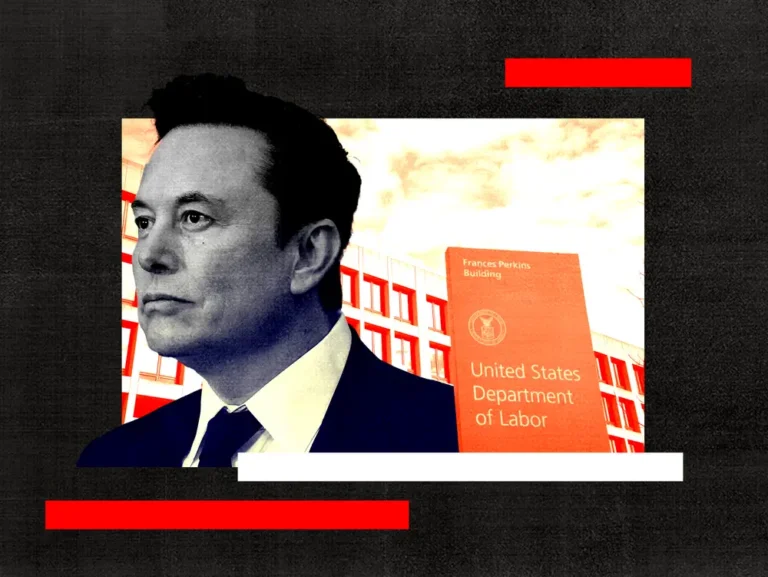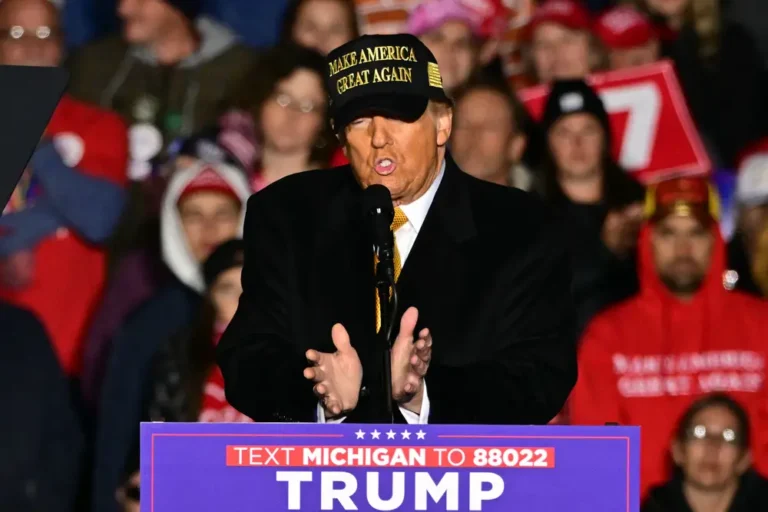An emergency rate cut in the next week is looking more likely

Wall Street has been so suddenly gripped by fears of recession that talks of an emergency rate cut are gathering steam.
At one point on Monday, the swap market was pricing in a 60% chance of an emergency 25-basis-point rate cut within the next week, according to Bloomberg.
The sudden shift in sentiment could be seen in the US bond market, with US Treasury yields — which are tied to interest-rate expectations — dropping to their lowest level in a year. The yield on the 2-year Treasury note plunged as much as 16 basis points on Monday, while the yield on the 10-year Treasury note dropped as much as 10 basis points.
Investors are in risk-off mode after an unexpectedly weak jobs report on Friday. Payroll growth slowed more than expected last month while the unemployment rate surged. That triggered the Sahm Rule, a highly accurate recession indicator that flashes when the three-month moving average of the unemployment rate surpasses a key threshold.
That’s led more investors to wonder whether the Federal Reserve made a mistake in waiting more than 28 months from their first rate hike to ease monetary policy — with some urging central bankers to take drastic measures in the coming weeks.
The Wharton professor Jeremy Siegel pressed the Fed to issue an emergency 75 basis-point rate cut, followed by another 75 basis-point rate cut at their September policy meeting. Otherwise, markets risk responding poorly, since interest rates should be about 175 basis points lower from where they are now, he told CNBC in an interview on Monday.
“How much have we moved the fed funds rate? Zero,” he said. “That makes absolutely no sense whatsoever.”
“If they are going to be as slow on the way down as they were on the way up, which, by the way, was the first policy error in 50 years, then we’re not in for a good time with this economy,” Siegel later added.
The Nobel laureate Paul Krugman also said he saw a case for an emergency rate cut, pointing to the panicked selloff in stocks.
“I wasn’t calling for an inter-meeting cut, because that might signal panic. But since we may be seeing a panic anyway, that argument loses its force. Real case for an emergency cut soon,” he said in a post on X.
The Fed typically only implements interest-rate changes during its scheduled policy meetings. But it has issued early rate moves during times of extreme volatility, such as the COVID-19 pandemic or the dot-com stock crash.
Markets are also ramping up their bets for steeper-than-expected rate cuts through the end of the year. Investors are pricing in a 92% chance the Fed will cut rates by 100 basis points or more by the end of the year, according to the CME FedWatch tool, up from 0.2% odds priced in a week ago.
“We now expect faster cuts because the funds rate looks more clearly inappropriately high,” Goldman Sachs economists said in a note on Monday, raising the odds of an incoming recession to 25%. “The Fed looks behind, having worried too much about inflation for too long and held steady in July; and the rationale for cutting now includes the more urgent priority of supporting the economy.”






